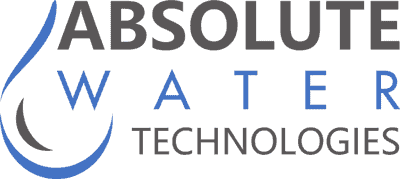High Purity Water For Medical Device Reprocessing
With changes in 2008, 2011 for Hemodialysis, and current recommended changes suspected to be adopted by the Centers for Medicare and Medicaid Services (CMS) based on Association for the Advancement of Medical Instrumentation (AAMI), other changes are expected to be on their way for other critical care areas. One such area, medical device reprocessing, has often been an afterthought that seems to have received little attention in most facilities. The standards vary from location to location greatly. Some locations have no sterilization and testing processes at all for water quality and others being ahead of the curve with complex systems in place to address potential bacterial growth.
Steam is assumed to address many of the potential issues but can be greatly affected by water quality. Water softening, reverse osmosis or other water pre-treatment may be needed to address deposition of residuals of r steam sterilization of medical devices. Steam is often the go to in medical device sterilization. In stem overall conductivity must be watched to ensure deposits are not present. For a final rinse or for steam for critical applications the conductivity should be no more than 10 mg/l. Most authorities currently concur that endotoxin levels are not a large threat in a steam application.
According to a study by Duffy et . al (2003) for critical devices endotoxins care a large consideration. Reverse osmosis, deionization and filtration can reduce the amount of endotoxin by 1600%. Changes in training in the medical devices preprocessing arena is also critical to reduce the amount of bacteria and endotoxin. When “best practices” were followed with proper water treatment and increased staff training it was found that there is a 300 fold decrease in bacteria and a 500% decrease in endotoxins. Many officials agree and the move toward deionized water coupled with other key water system components is on the rise.
With an increased scrutiny on water treatment, it is also reasonable to predict that there will be a more heavily regulated procedure for medical device reprocessing also known as central sterile areas. It would be wise for all entities involved in medical device reprocessing to start moving to a testing regiment for endotoxins and bacteria. A normal sterilization / sanitization schedule would also be prudent to remove any potential biofilm growth in piping systems feeding the treated water to washers and other sterilization devices.
Initial system design of the water treatment system should include serviceability as a key design factor. Sanitization methods vary from ozone sanitization, bleach, paracedic acid, chlorine dioxide etc. All have their attributes that can make them more attractive in one way or another or sanitization. Materials of loop and water system construction need to be taken into consideration
Monthly bacteria and endotoxin testing could soon be a reality for medical device reprocessing centers. While some centers plan for a sanitization of their water treatment systems it is not uncommon for centers to have no testing program or a lax program in place. It is critical to have a normal sanitization schedule to avoid biofilm growth. It is also a best practice to have a continuous system loop to ensure no dead legs of water are in the system. As with any critical system it should be designed to have a proper return velocity of no less than three feet per second.
To learn more about best practices in water treatment in Medical Device Reprocessing and central sterile water treatment equipment, contact us at Absolute Water Technologies. 1-866-989-6860 or visit us at www.absolutewatertech.com

